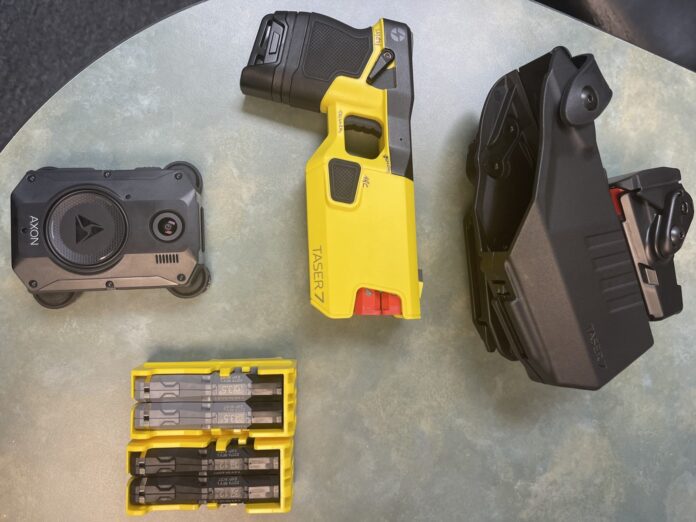
Regarded as the father of modern policing, Peel developed the above in what is still taught today in law enforcement leadership training courses as one of the “Nine Principles of Law Enforcement.”
Fast forward to 2023, and public perception of officers’ actions has come under scrutiny in the wake of several interactions between police and public, whether it be a routine traffic stop or a physical altercation resulting in the death of a suspect or officer.
Most recently, in the case of Tyre Nichols, a young black man was brutally and fatally beaten at the hands of five black Memphis police officers in January 2023. The episode was recorded by a street-mounted surveillance camera and on the officers’ own body-worn cameras (BWC). The Nichols case is the latest to continue fanning the outrage of a national debate over law enforcement officers’ use of force.
While the Nichols murder is still an ongoing investigation, BWC video released to the public clearly shows the five, now fired and criminally charged officers, in their overt actions and inaction. Those officers are being held accountable because of modern technology that Peel could never have dreamed of, in what can best be truncated to a single descriptor, “transparency.”
The Key West Police Department and the Monroe County Sheriff’s Office have long been proponents of the BWC’s ability to enhance public transparency, efficiently address citizen complaints by corroborating the facts of a police/citizen encounter and identify training opportunities to improve law enforcement services.
The Key West Police Department recently stepped up its game with regard to officer accountability and service to the community. The department has invested $1.5 million in a new BWC platform that nearly eliminates the chance for human error and effectively allows an officer to concentrate on critical situations instead of having to manually fumble around to activate their camera — yet another piece of equipment on an already cumbersome uniform laden with accessories.
Key West Police Sgt. Joseph Stockon, in charge of Internal Affairs and Professional Standards among other duties, spearheaded the upgrade that so far has been rolled out to 80% of the department, including road patrol officers and detectives.
COVID relief funds earmarked for law enforcement paid for the upgrade.
“The package included 103 BWCs, 103 Tasers, 20 in-car camera systems with front and rear recording capabilities and two state-of-the art interview rooms with audio/video capabilities,” Stockton said.
Training in the nuances of such an upgrade is essential and the purchase of the new platform includes the certification of five in-house master instructors and five instructors to bring officers up to speed with this latest advancement.
Among seasoned law enforcement officers, old habits can die hard, but in the case of this new and innovative technology, “buy-in” has been successful, Stockton said.
“It’s been a pretty smooth transition in going to this different platform. Every officer goes through eight hours of in-person training to become familiar with transition drills, the nomenclature and the individual characteristics of the device,” he said.
While an officer can still manually activate their BWC, the “transition drills” to which Stockton refers involve an officer drawing their new model Taser or their gun.
All the new Tasers and each officer’s gun holster are now equipped with a dedicated sensor that automatically activates the officer’s BWC when either weapon is drawn.
Moreover, and most impressively, at the same time, any BWC or in-car video system within a 35- to 50-foot radius is also activated at the same time, preserving valuable evidence about police and civilian conduct during an incident. In short, depending on the number of officers on a particular scene, multiple angles of the encounter will be recorded for eventual evaluation and evidence purposes.
In addition, some command officers up to and including Key West Police Chief Sean Brandenburg, will have the ability to patch into an ongoing situation, if needed, in real time during critical incidents.
“This new platform also syncs all camera footage in real time,” Brandenburg said. “Officers used to have to come into the station and wait for their footage to download, which was time-consuming and frustrating. Now, the patrol cars are equipped with their own mobile hotspot routers. It’s become much more effective and efficient, and the officers don’t have to think about turning on their cameras.”
Although he’s been dead nearly 173 years, Peel would likely have approved of the Key West Police Department capitalizing on these technological advancements to “secure and maintain public respect.”
























